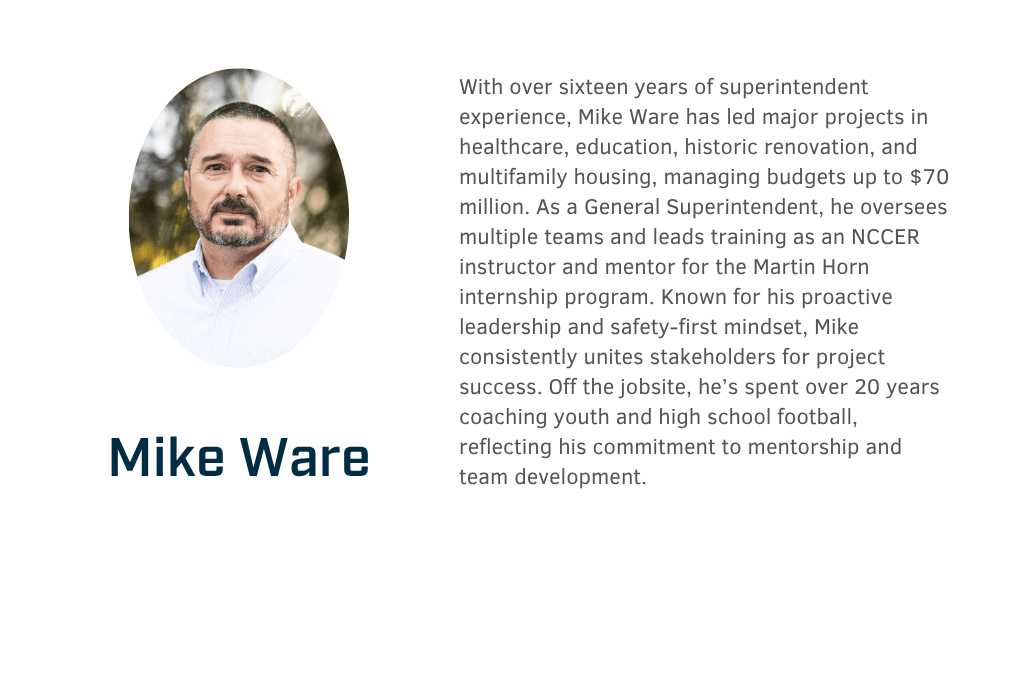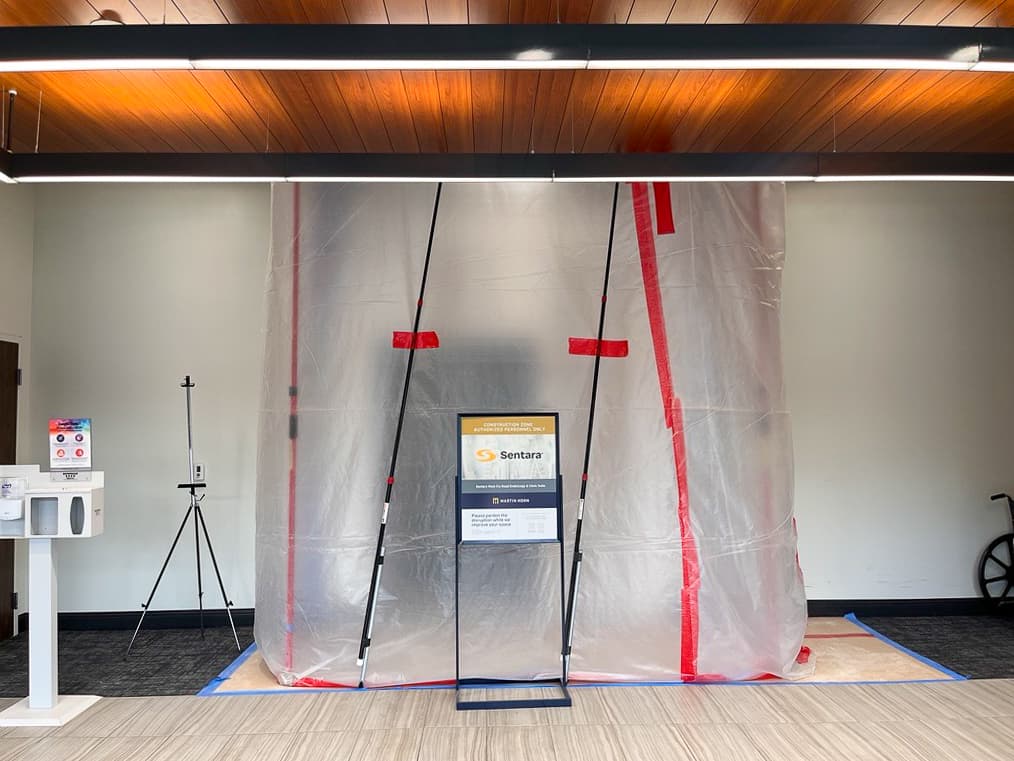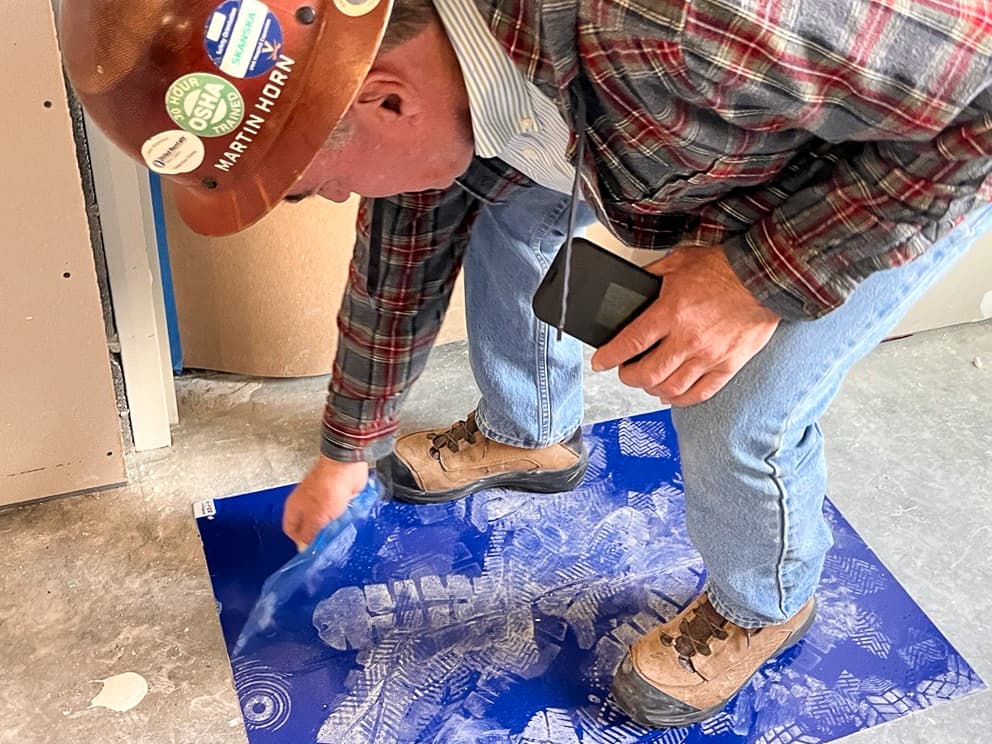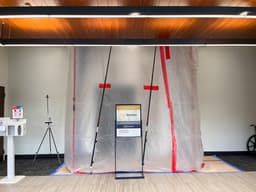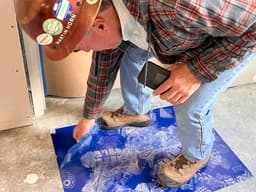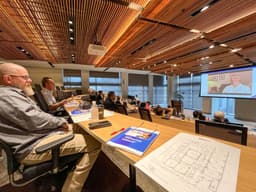The Care Team You Don’t See: Lessons for Builders in Healthcare
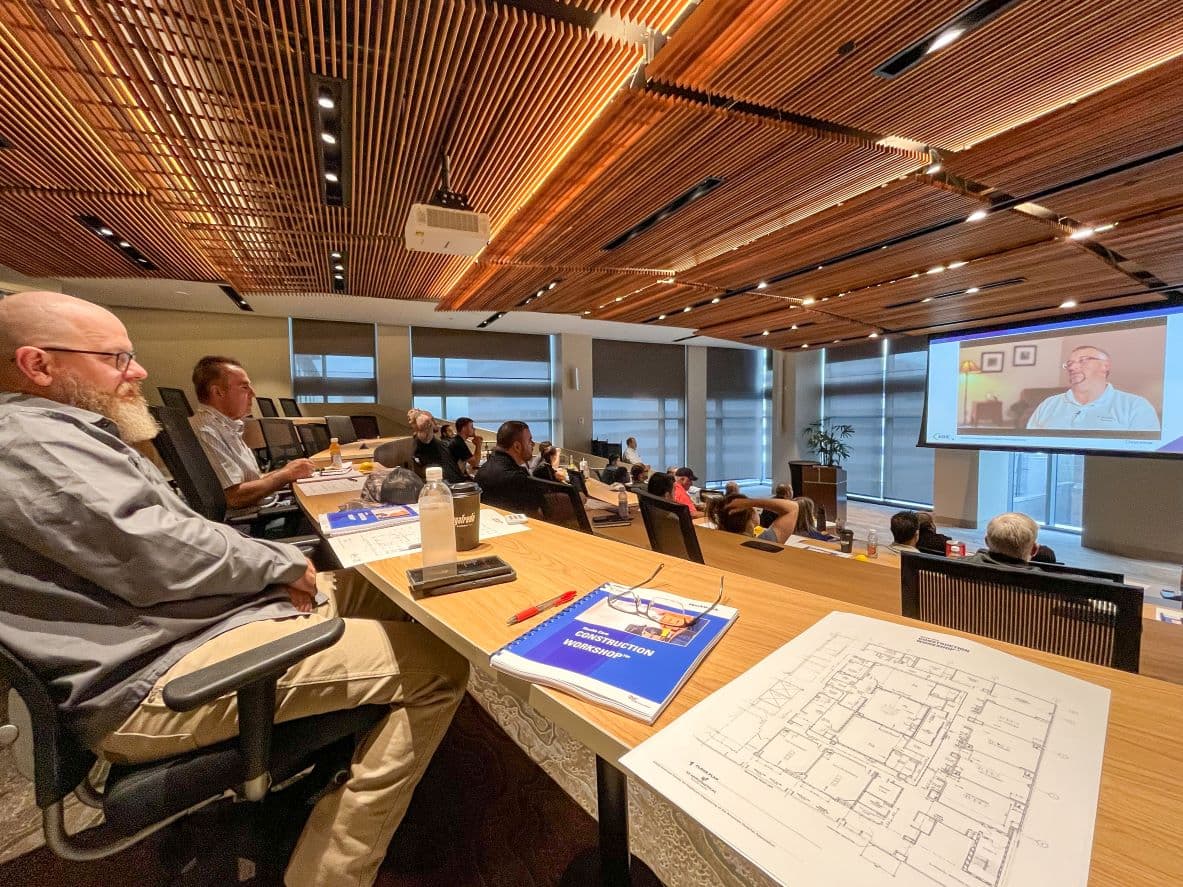
I, along with three superintendents and two project managers from Martin Horn, recently completed the ASHE-Certified Healthcare Constructor course at the Virginia Society of Healthcare Engineers Annual Conference and it was a great experience that really changed how I think about construction in healthcare environments. The course was well-structured, and the instructors were both highly knowledgeable—one recently retired as Director of Engineering at the University of South Carolina, and the other is still actively serving in the same role elsewhere. Their real-world experience brought a lot of depth to the training and gave us a solid understanding of what healthcare facility managers are dealing with on their end.
Having previously completed ICRA training, I was familiar with the importance of cleanliness and infection control in medical environments. This course expanded on those principles, emphasizing the broader, system-wide impact construction activities can have within a hospital. The instructors described this as the “ripple effect”—a concept that resonated with me. While contractors often focus on the immediate and localized work zone, hospitals are “always open,” and operations must remain uninterrupted. Even minor oversights can have significant implications.
The program strongly reinforced the need for collaboration, communication, and planning. Issues that may seem trivial from a construction standpoint can create serious disruptions in a clinical setting. Just as the doctors, nurses and other medical staff care about the welfare of the patients, once we enter that setting, we become part of that process of care as well.
Initially, the course felt heavily focused on worst-case scenarios, which could seem pessimistic. However, as the sessions progressed, it became clear that this approach is intentional and necessary. Just as doctors and nurses prioritize patient care, once we enter a healthcare facility as contractors, we become part of the care team. Our work directly affects the environment in which patients are treated and recover. Procedures that once seemed excessive now make sense—they exist to safeguard the well-being of patients and staff.
All in all, this course was a valuable reminder that our work doesn’t happen in a vacuum. In healthcare, construction has to be done with extra care, and that starts with understanding the bigger picture.
